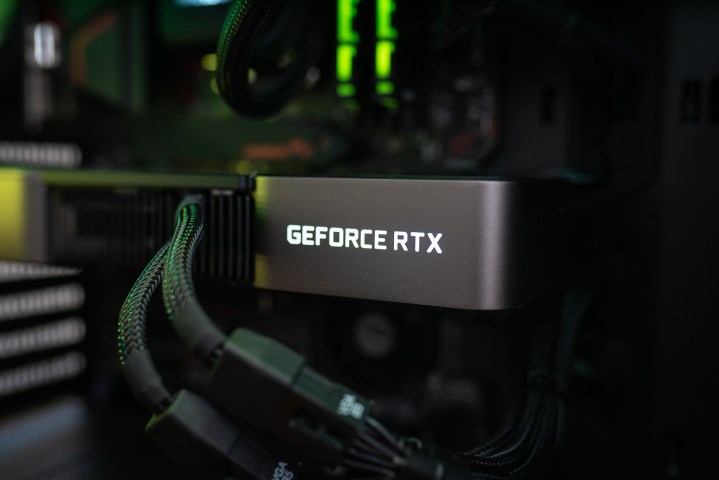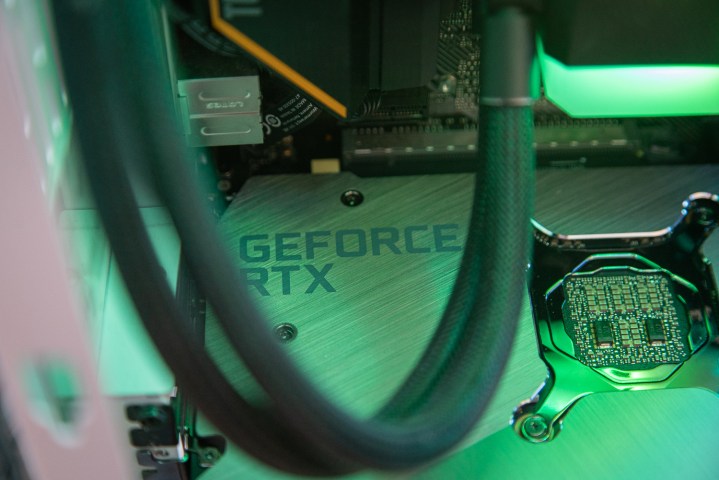Nvidia’s upcoming next-gen GeForce RTX 4060 GPU could require a higher power draw than the current-gen RTX 3070 board, according to a new rumor.
As reported by Tom’s Hardware, technology insider kopite7kimi stated that the architecture design of the RTX 4060 will require it to consume more power than the RTX 3070. Consequently, this will inevitably lead to a considerably higher power draw than its predecessor, the GeForce RTX 3060 12GB.

You might be thinking why this revelation is raising eyebrows among the GPU community. Well, the RTX 4060 is expected to be a part of Nvidia’s mid-range lineup, so many won’t be happy with higher power supply units requirements.
Kopite7kimi did not reveal the exact figure in regard to the power increase, but lending credence to his claim is Nvidia’s upgraded 16-pin power connector and GeForce RTX 3090 Ti, both of which clearly showcase how Team Green’s forthcoming video cards will exhibit a major jump in power consumption.
For reference, the GeForce RTX 3070 Founders Edition features a power draw of around 220 watts, while Tom’s Hardware highlights how factory-overclocked models take that number to the 240-250 watts range.
Comparatively, the GeForce RTX 3060 12GB and GeForce RTX 3060 Ti both require a power consumption level of 170W and 200W.
Tom’s Hardware speculates that the GeForce RTX 4060 could therefore theoretically consume around 290W to 350 watts of power, which is an identical level to the GeForce RTX 3070 Ti and GeForce RTX 3080.
Strengthening this assumption is the constant speculation surrounding the efficiency of RTX 40-series GPUs, which could range between 450W to 600W. As such, the possibility of a mid-range 350 watts GPU starts to make sense.

The website also aptly highlights how certain mid-range units such as the GeForce RTX 2060, the GeForce RTX 3060, and AMD’s mid-range offerings from its Radeon RX 6000 lineup comfortably delivers a 200W power draw, while other versions even reach a power consumption level of 170W.
As a result, when you start approaching the 350W+ mark for next-gen mid-range GPUs, you have to naturally take into consideration the increase in electricity usage. Ultimately, you’ll feel the pinch when you see a higher than usual bill at the end of the month.
It seems that the claim of Nvidia facing a “real, true efficiency problem coming up” could actually hold some weight.
The discussion surrounding the efficiency of Nvidia and AMD’s future GPUs has been at the forefront of next-gen graphics cards rumors in recent months, and for good reason: We’ve heard about some models from the Nvidia RTX 40-series requiring a power draw as much as 600-900 watts.
AMD, meanwhile, will apparently “decimate Nvidia in efficiency across the entire lineup” with the RDNA 3 architecture.
Elsewhere, according to Wccftech’s sources, Nvidia will officially introduce the RTX 4060 at CES 2023, which takes place in January.




